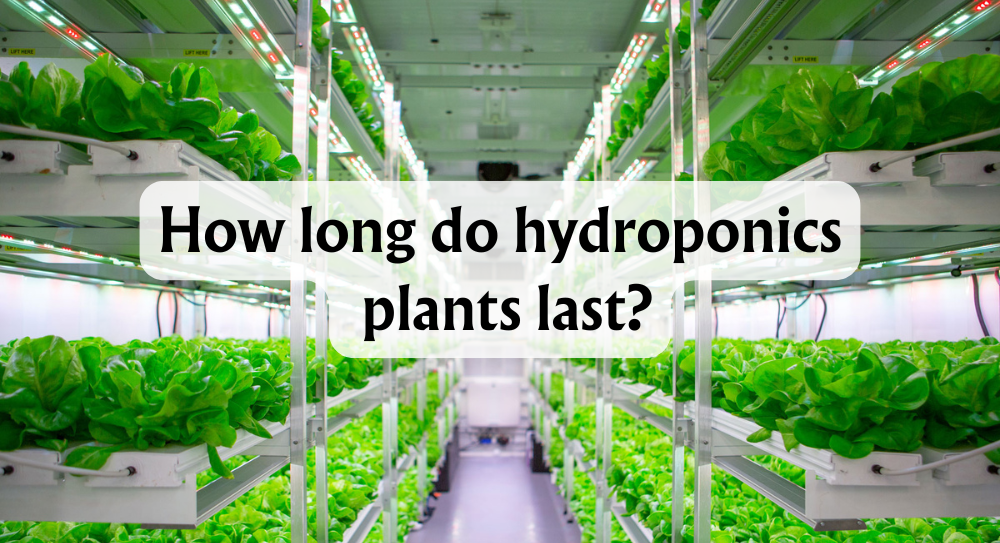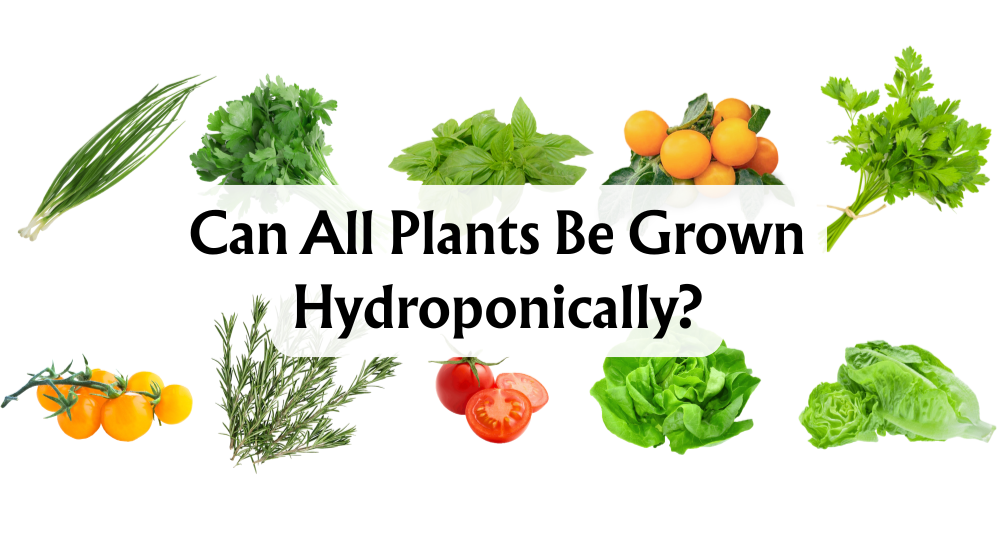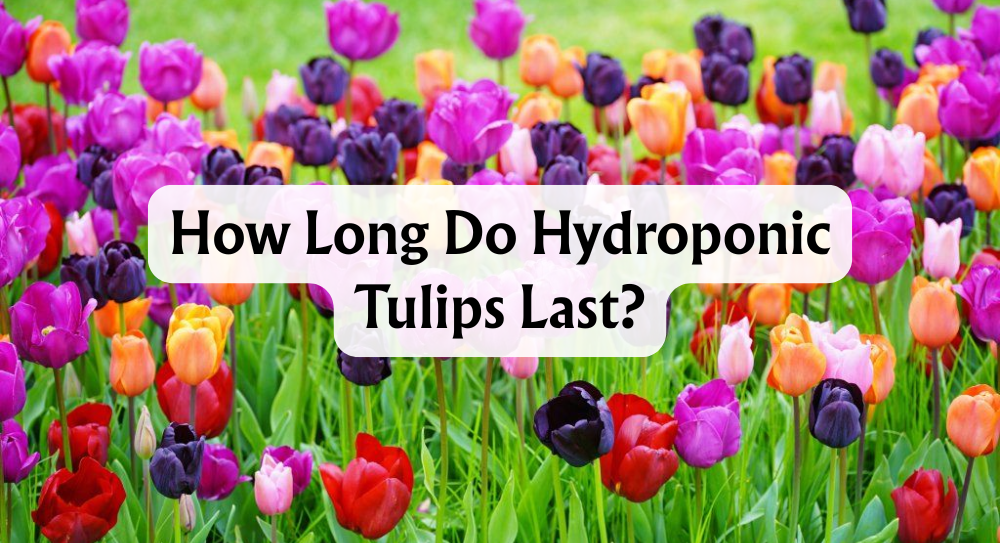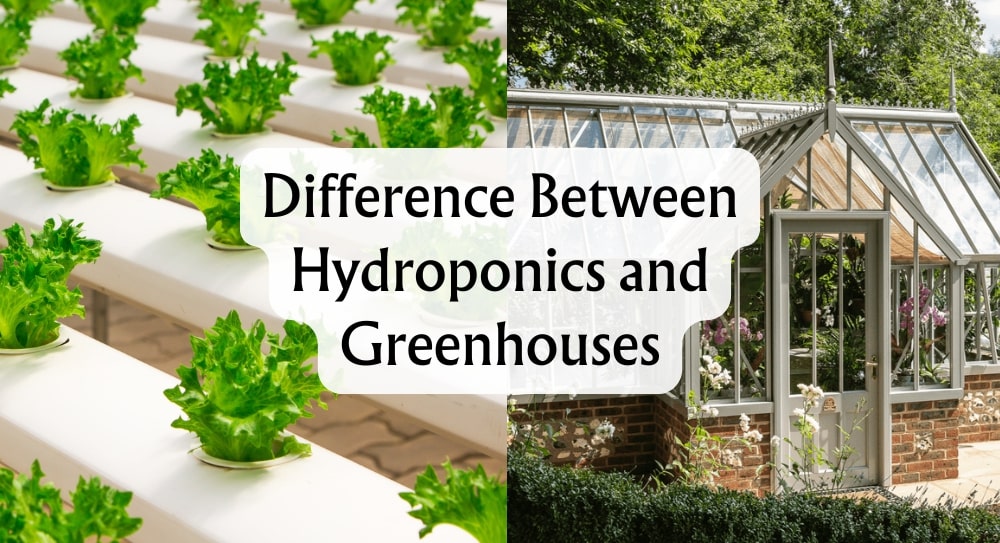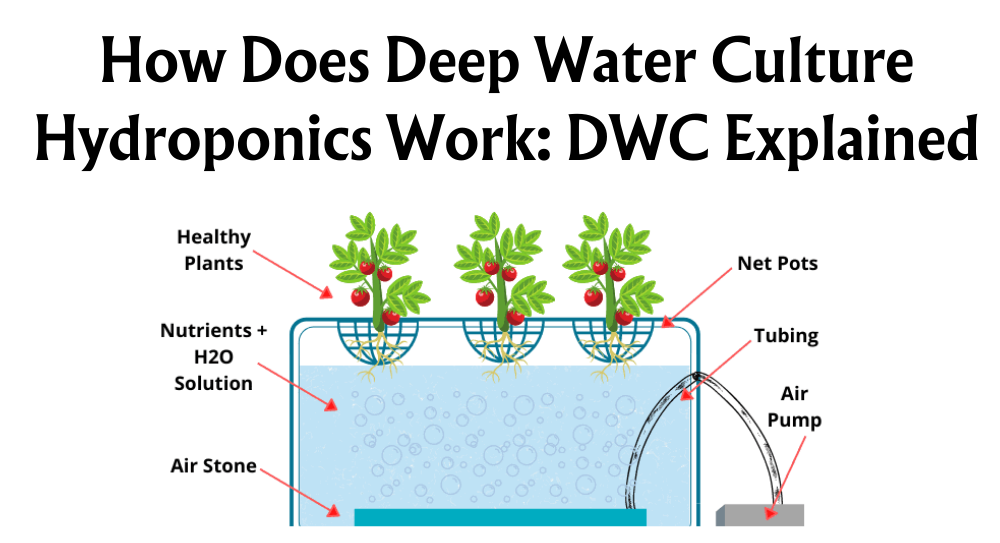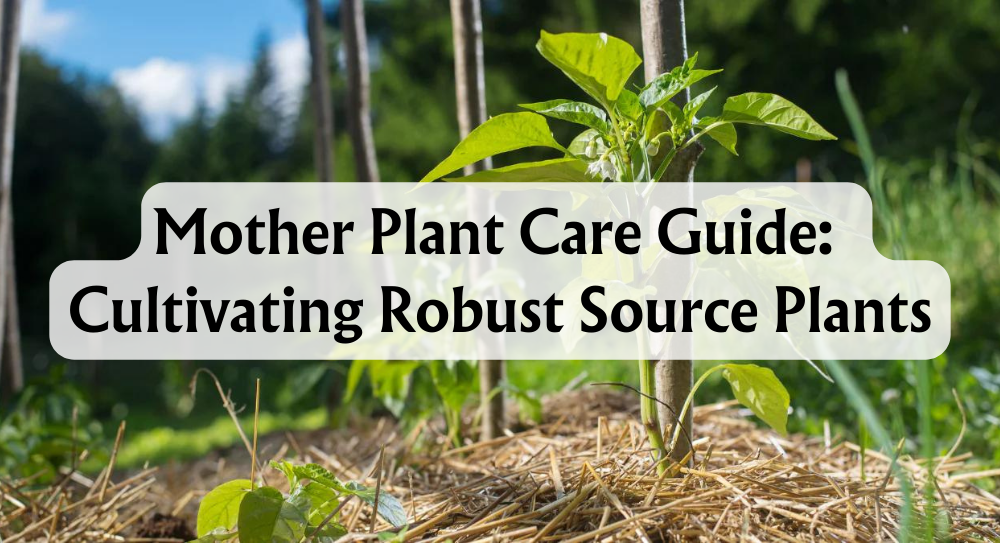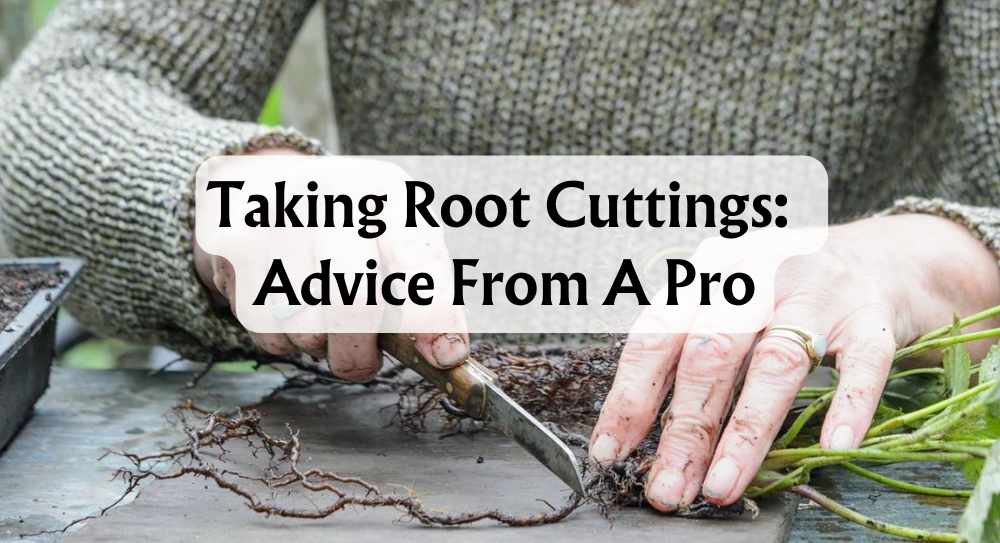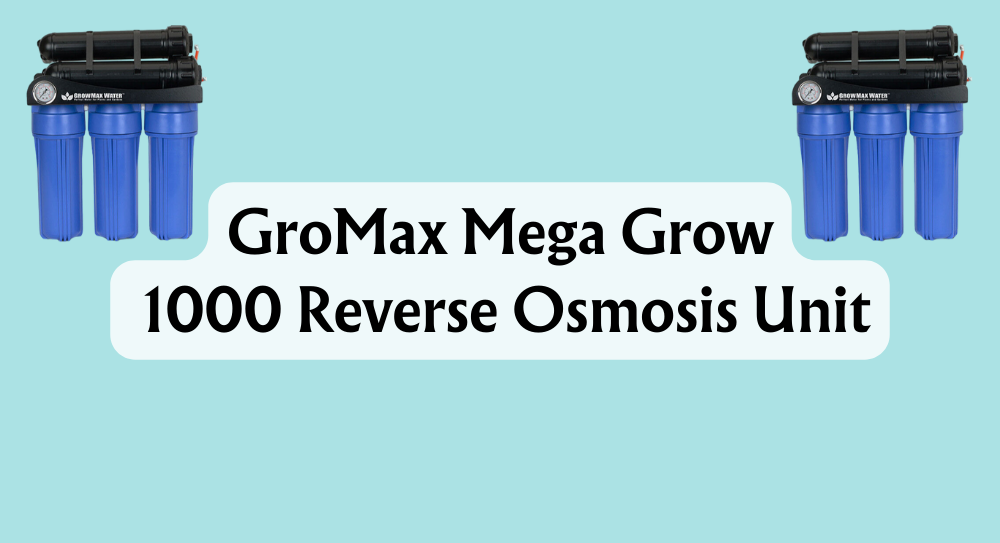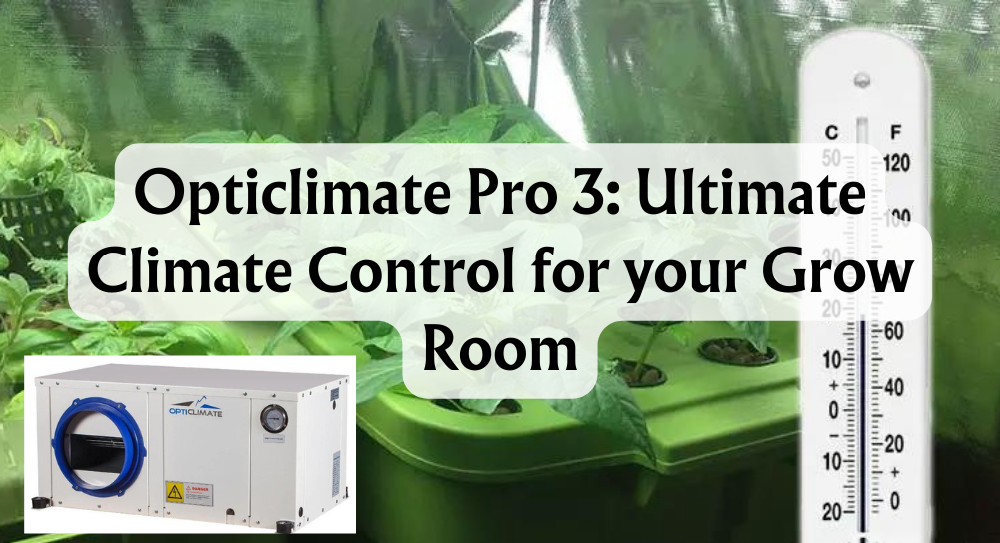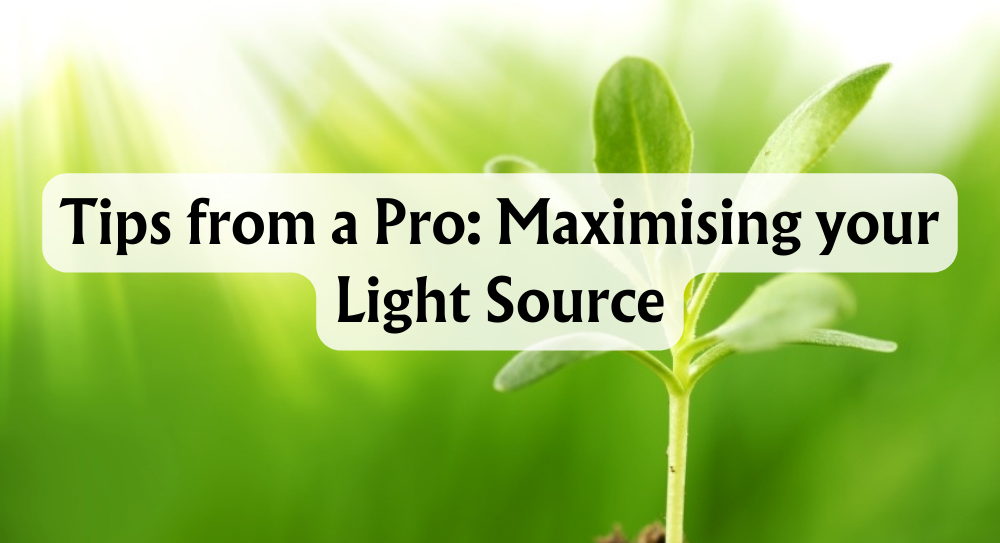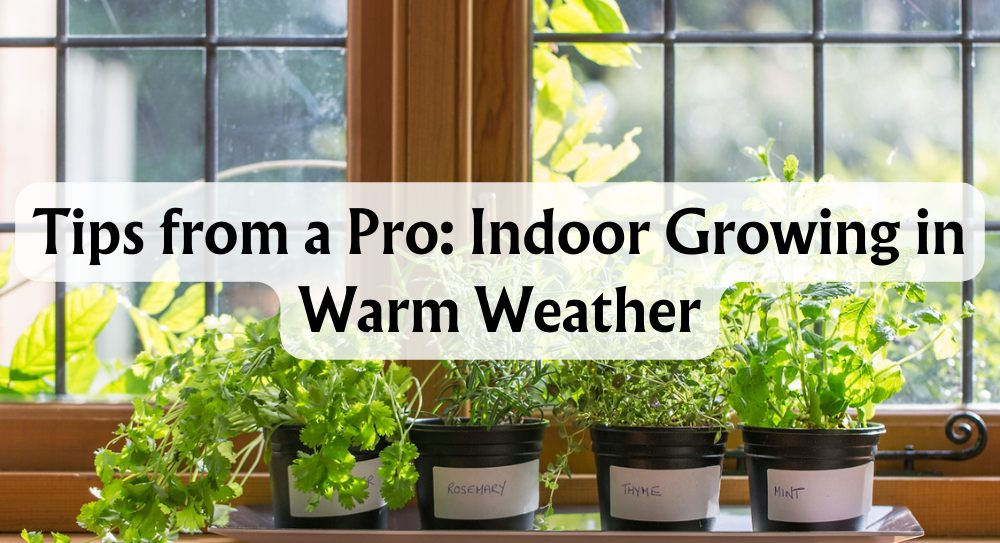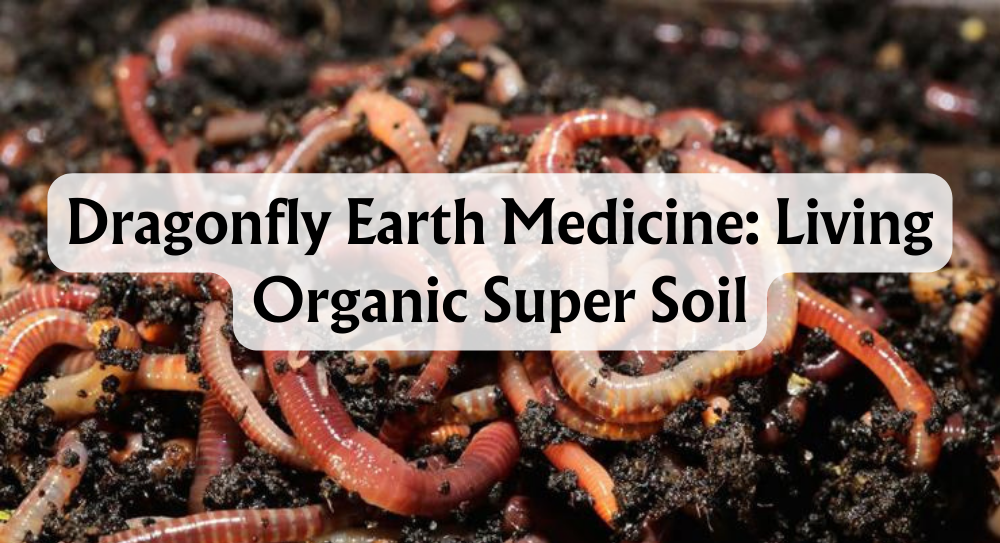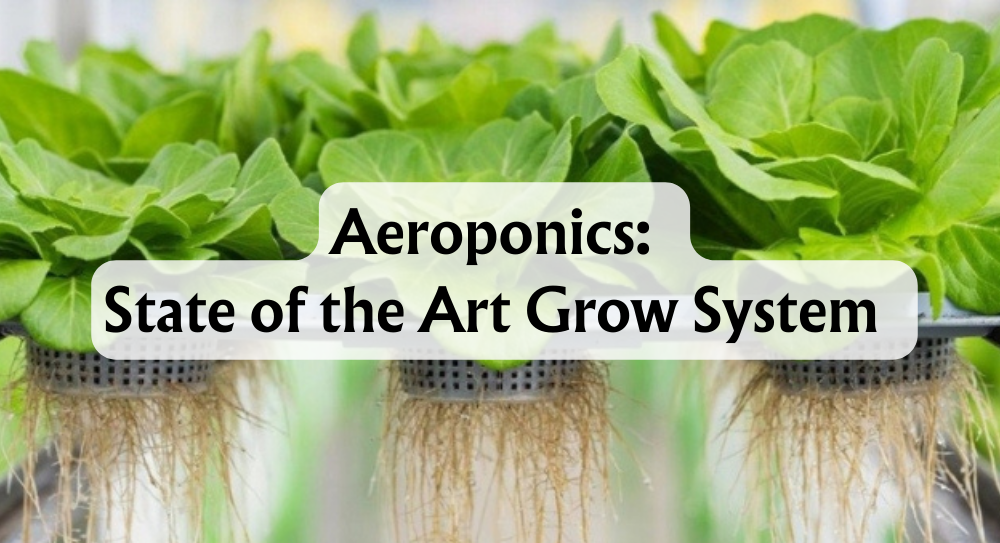How Long Do Hydroponic Plants Last?
Hydroponics, the practice of growing plants in nutrient-rich water, offers a fascinating alternative to traditional soil-based gardening. “How long do hydroponic plants last?”, is a question often asked. The answer, while it varies, is crucial for anyone venturing into this method of cultivation. With the right care and maintenance, hydroponic plants can thrive for many months or even years, though several factors influence their lifespan.
When plants are grown hydroponically they tend to experience more controlled conditions, which can enhance their growth and longevity compared to their soil-grown counterparts. Factors such as the type of plant, the hydroponic system used, and the level of care play significant roles. Have you tried hydroponic gardening for herbs or leafy greens? It's amazing how some species, properly maintained, can keep producing for several years!
Understanding these variables helps us keep our green friends healthy and productive longer. By the end of this article, we'll walk through the average lifespans of popular hydroponic plants, tips to extend their lives, and common pitfalls to avoid.
Key Takeaways
- Hydroponic plants can last several years with proper care.
- Plant type and hydroponic system affect lifespan.
- Careful maintenance extends plant longevity.
Plant Lifespan: Hydroponics Vs. Soil
Ever wondered how long hydroponic plants last compared to soil-based ones? Let's dig into it!
In soil, plant lifespan can vary greatly. A well-cared-for plant with a healthy root system can live for years. Imagine your favourite garden shrub thriving season after season.
Hydroponic plants, on the other hand, have a different story. They’re grown in a water-nutrient solution, often with an inert medium like rock wool or clay granules. Nutrients are readily available, leading to faster growth rates. For instance, a hydroponic lettuce might grow 30% faster than its soil counterpart.
| Growing Medium | Average Growth Rate | Common Lifespan |
|---|---|---|
| Soil | Moderate | Years (with care) |
| Hydroponics | Fast | Months to years |
One cool thing about hydroponics? Reduced pests and disease! Because there's no soil, the common soil-borne pests simply aren't an issue. We can grow in a more controlled environment, managing factors like pH levels and nutrient mix.
How Long Does A Full Hydroponic Crop Cycle Take?
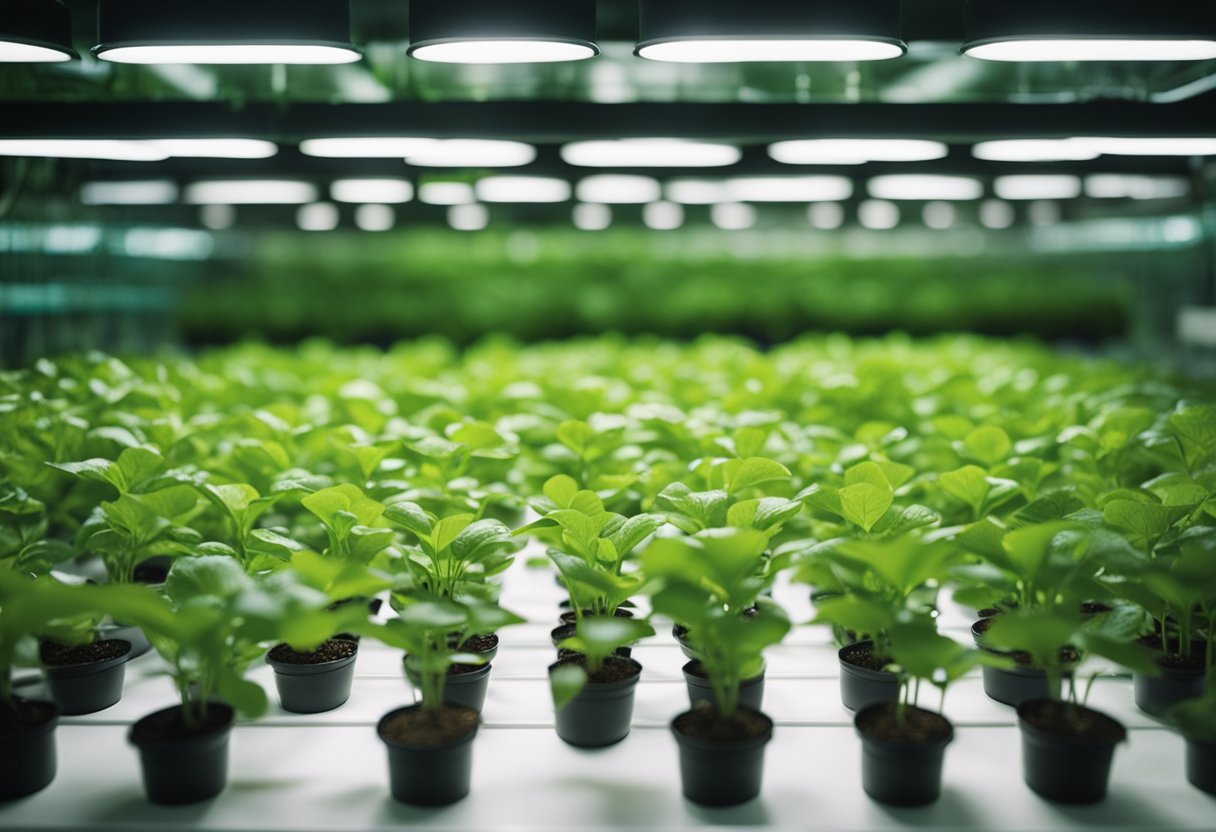
Ever wondered how long it takes to grow a full crop in a hydroponic system? Well, we’re here to break it down for you!
Seedling to Harvest Times for Common Plants
Different plants take varying amounts of time from seedling to harvest.
- Lettuce: About 2 weeks.
- Tomatoes: Around 8 to 16 weeks.
- Herbs (e.g., basil, coriander): Generally 4 to 8 weeks.
- Strawberries: Typically 6 to 8 weeks.
Pretty quick, right?
Growth Stages in Hydroponics
Hydroponic systems involve three main stages:
- Seedling Stage: This usually takes about 1-2 weeks.
- Vegetative Stage: For most plants, this stage lasts 2-6 weeks.
- Flowering Stage: This can vary widely, from 4 weeks to several months, depending on the plant type.
Influence of the Hydroponic System
The type of hydroponic system you use can also impact the growth duration. Here's a quick overview:
| Hydroponic System | Growth Duration |
|---|---|
| NFT (Nutrient Film Technique) | Usually quicker, efficient nutrients |
| DWC (Deep Water Culture) | Moderate, great for leafier greens |
| Ebb and Flow | Varies, good for a wide range |
In short, whether you’re growing leafy greens, tomatoes, or herbs, hydroponics offers a relatively swift growth cycle that lets us enjoy fresh produce almost year-round.
Factors Affecting Lifespan
Hydroponic plants' lifespan can depend on several elements, including the species of the plant and various environmental factors. Let's explore these in more detail below.
Plant Species
Different plant types have varying lifespans. Leafy greens like lettuce and spinach typically have short lifespans, often just a few months. These plants are quick to grow and are harvested rapidly.
On the other hand, longer-lived species such as tomatoes and peppers can last for months, sometimes even years with proper care. These plants require more attention to maintain nutrient levels, especially for elements like nitrogen, phosphorus, and potassium, which are crucial for their extended lifecycle.
Careful monitoring and adjusting of liquid nutrients ensure that these plants receive the essential micronutrients and macronutrients, such as calcium, magnesium, and iron, which are vital for sustained growth. If we want our hydroponic plants to thrive, selecting the right species and ensuring they receive the appropriate nutrient mix is essential.
Environmental Factors
Temperature
Temperature plays a critical role in the lifespan of hydroponic plants. Different plants have different optimal temperature ranges. For instance, leafy greens often thrive in cooler conditions around 10-15°C, while fruiting plants, like tomatoes, need warmer temperatures of around 18-24°C.
Fluctuating temperatures can disrupt plant growth and longevity. If the temperature goes beyond optimal ranges, it can stress the plant, leading to reduced lifespan. Using climate control systems can help in maintaining consistent temperature levels, thus promoting longer plant life.
Light Conditions
Light exposure is crucial for hydroponic plant longevity. Proper light spectra can significantly influence the growth duration. For instance, blue light is beneficial for vegetative growth, while red light helps in flowering and fruiting stages.
Ensuring that plants get the right amount and type of light is key to their development. Artificial lighting systems, such as LED grow lights, can be adjusted to provide optimal light conditions throughout the plant’s growth phases. This not only supports the plant’s health but also extends its lifespan, making our work in hydroponics more rewarding.
Inadequate light can lead to poor growth and shorter plant lifespans. Therefore, it is essential to monitor and adjust light conditions regularly to ensure the best outcomes for our hydroponic garden.
Average Lifespans For Popular Hydroponic Plants

Leafy Greens (Lettuce, Spinach)
When it comes to leafy greens like lettuce and spinach, we’re looking at a relatively short lifespan. Typically, these plants will flourish within 1-3 months. It’s like they’re in a hurry to grow and be part of our salads!
Fruiting Plants (Tomatoes, Peppers)
Fruiting plants like tomatoes and peppers require a bit more attention, but the rewards are worth it. Expect these to last between 6-12 months. With proper care and maintenance, we can enjoy a steady yield of juicy tomatoes and crunchy peppers. Let’s make sure to give them the love they deserve.
Herbs (Basil, Mint, Coriander)
Herbs such as basil, mint, and coriander have a slightly unpredictable lifespan but generally last around 4-8 months.
| Plant | Typical Lifespan |
|---|---|
| Lettuce | 1-3 months |
| Spinach | 1-3 months |
| Tomatoes | 6-12 months |
| Bell Peppers | 6-12 months |
| Basil | 4-8 months |
| Mint | 4-8 months |
| Coriander | 4-8 months |
Additional Notes
- Strawberries: These can last anywhere from 1 to 4 years. Yes, you read that right!
- Cucumbers: Generally, cucumbers can thrive for up to 2 years, offering us plenty of fresh produce during their lifespan.
Steps To Keep Your Hydroponic Plants Alive Longer
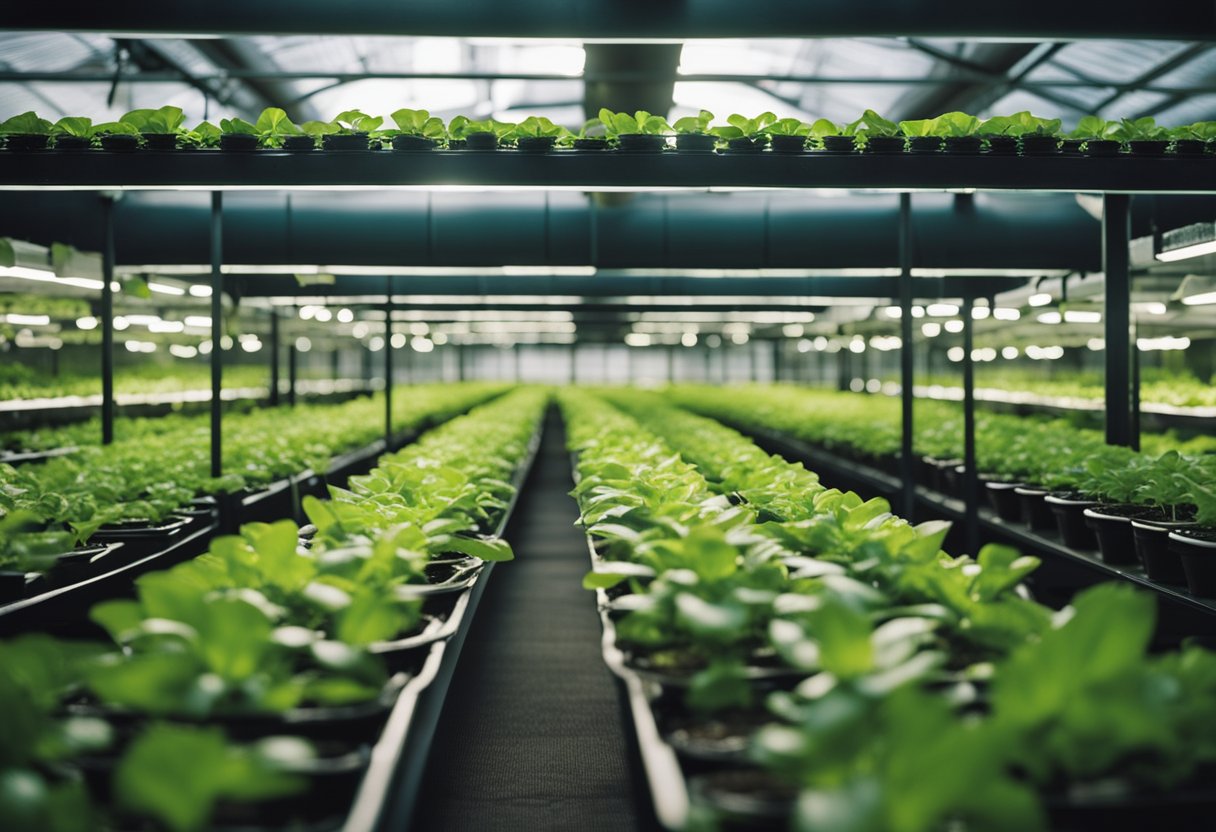
Hydroponic plants can thrive and grow strong with a few essential care steps. Our primary focus will be on monitoring pH, nutrient levels, lighting, temperature, and water.
Monitor pH Levels
Maintaining the correct pH level is crucial for the health of your hydroponic plants.
Optimal pH Levels for Common Hydroponic Plants
Different plants thrive at different pH levels. For instance, lettuce prefers a pH range of 5.8-6.2, while tomatoes do well between 5.5-6.5.
To monitor pH levels, we recommend using a digital pH meter or pH test kits. Adjusting pH can be done using pH up or pH down solutions.
Manage Nutrient Levels
Keeping your nutrient solution at the right concentration is critical.
Nitrate and Phosphorus Requirements
Plants need a balanced ratio of nitrogen, phosphorus, and potassium, commonly referred to as N-P-K. A proper balance here will ensure vibrant growth and longevity.
Watch for nutrient deficiencies, like yellowing leaves indicating a lack of nitrogen, and adjust your solution accordingly. Regularly check the parts per million (ppm) of your nutrient mix to make sure it's within the optimal range for your specific plants.
Control Lighting Conditions
Proper lighting is integral to plant health.
Appropriate Light Duration and Intensity
Plants need different amounts of light depending on the type and stage of growth. Typically, 14-18 hours of light per day works well for most hydroponic vegetables.
LED grow lights are an excellent choice for hydroponics because they offer a balanced spectrum of light, are energy-efficient, and produce less heat. Use timers to automate the lighting schedule and ensure consistency.
Manage Temperature
Temperature control can make or break your hydroponic garden.
Maintaining an optimal range of 65-75 degrees Fahrenheit (18-24 degrees Celsius) during the day and slightly cooler at night allows plants to perform best. High temperatures can deplete dissolved oxygen in the water, while low temperatures can shock the plants and halt growth. Monitoring and adjusting the temperature using heaters or fans is essential to keep the environment just right.
Monitor Water Levels
Water is the lifeblood of hydroponic systems.
Keeping water levels consistent is key to healthy root development. If the water level is too low, roots may dry out; too high, you risk root rot.
Use a water level indicator to regularly check and maintain the water levels. Also, replace your nutrient solution every 1-2 weeks to prevent the build-up of unwanted substances and ensure plants receive fresh nutrients.
Monitoring these aspects diligently will greatly enhance the lifespan and health of your hydroponic plants. Let's turn this care into a routine to see thriving and lush growth!
Reasons Your Hydroponic Plants Are Dying
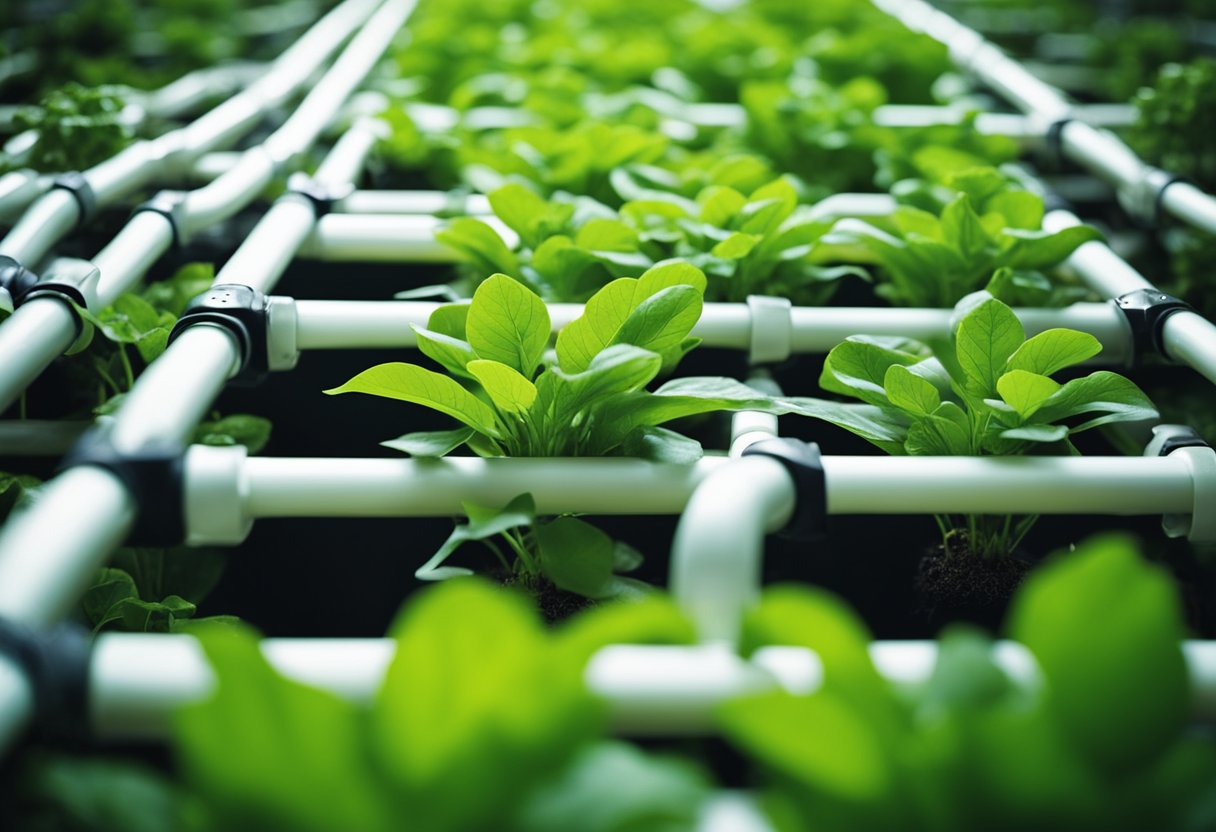
When your hydroponic plants start wilting or showing signs of stress, it can be puzzling and frustrating. We're about to tackle key issues like nutrient deficiencies, incorrect pH levels, poor lighting, improper watering, and insufficient aeration. Let's dive into what can go wrong and how to fix it.
Insufficient Nutrients
Nutrient deficiencies are a major culprit for dying hydroponic plants. Common deficiencies include nitrogen, phosphorus, and potassium. If the leaves of your plants start turning yellow or have brown spots, it's often a sign of nutritional deficiency.
In hydroponics, nutrient solutions need to be regularly checked and balanced. Be wary of nutrient lockout, where plants can't absorb certain nutrients due to imbalances. Using a comprehensive hydroponic fertilizer solution can mitigate these issues.
pH Levels
Incorrect pH levels can wreak havoc on your hydroponic system. An unbalanced pH causes nutrient lockout, where plants cannot absorb essential nutrients, leading to stress and potential death.
Monitor your pH levels frequently with a reliable pH meter. The ideal pH range for most hydroponic plants is between 5.5 and 6.5. If the pH drifts outside this range, adjust it using pH up or down solutions. Keeping the pH balanced ensures that your plants can effectively absorb nutrients.
Lighting Conditions
Too Much or Too Little Light
Lighting is crucial in hydroponics. Too much light can burn plant leaves, turning them yellow or brown, while too little light can stunt growth and lead to wilting. Both could be detrimental over time.
Use LED grow lights designed for hydroponic systems to provide the right spectrum and intensity of light. Adjust the height and duration of light exposure according to the specific needs of your plants. For instance, leafy greens may require less light than fruiting plants like tomatoes.
Overwatering Roots
Overwatering can suffocate plant roots, causing oxygen deprivation and root rot. Common signs include yellowing leaves and mushy roots.
Ensure a wet-dry cycle in your hydroponic system to allow roots to breathe. Use timers and sensors to regulate water flow and prevent overwatering. Incorporating air pumps can also improve oxygen levels in the nutrient solution, avoiding root rot.
Insufficient Air Supply
Proper aeration is vital for healthy hydroponic plants. Insufficient air supply can lead to a lack of oxygen in the root zone, causing root degradation and inviting disease and bacteria.
Use air stones and air pumps to oxygenate the water, ensuring the roots receive adequate air. Frequent checks and maintenance of these components can prevent issues. If your plants are wilting despite good nutrition and pH levels, chances are they need more aeration.
Effective management of these elements can keep your hydroponic plants thriving. Inadequacies in nutrients, pH, light, water, and air are common problems but can be easily managed with regular monitoring and adjustments.
Conclusion
Proper care and system management are crucial in extending the lifespan of hydroponic plants. By attending to nutrient levels, lighting, and water conditions, we can help our plants thrive. For example, lettuce may last about two weeks, while strawberries can last one to four years.
Experimenting with different plants and techniques can help us find the optimal setup for plant longevity. It's exciting to try new varieties and adjust conditions to see what works best. Tomatoes, for instance, generally last about three months, but fine-tuning our hydroponic system might extend this period.
Storage and shelf life of hydroponic nutrients also play a key role in plant health. Unopened, concentrated nutrients can last about one to two years when stored correctly. Ensuring proper storage conditions, such as keeping nutrients away from extreme temperatures and direct sunlight, is essential for maintaining their effectiveness.
Don't forget, that proper disposal of expired nutrients is vital for environmental sustainability. Following the manufacturer's guidelines for disposal helps us stay eco-friendly while gardening.
Let's continue exploring more hydroponic tips and advanced methods to increase our yield and plant health. With the right knowledge and a bit of experimentation, we can enjoy a flourishing hydroponic garden.

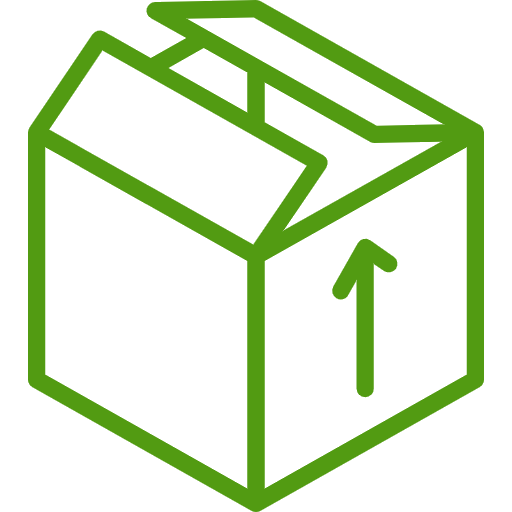





 Store Locator
Store Locator
